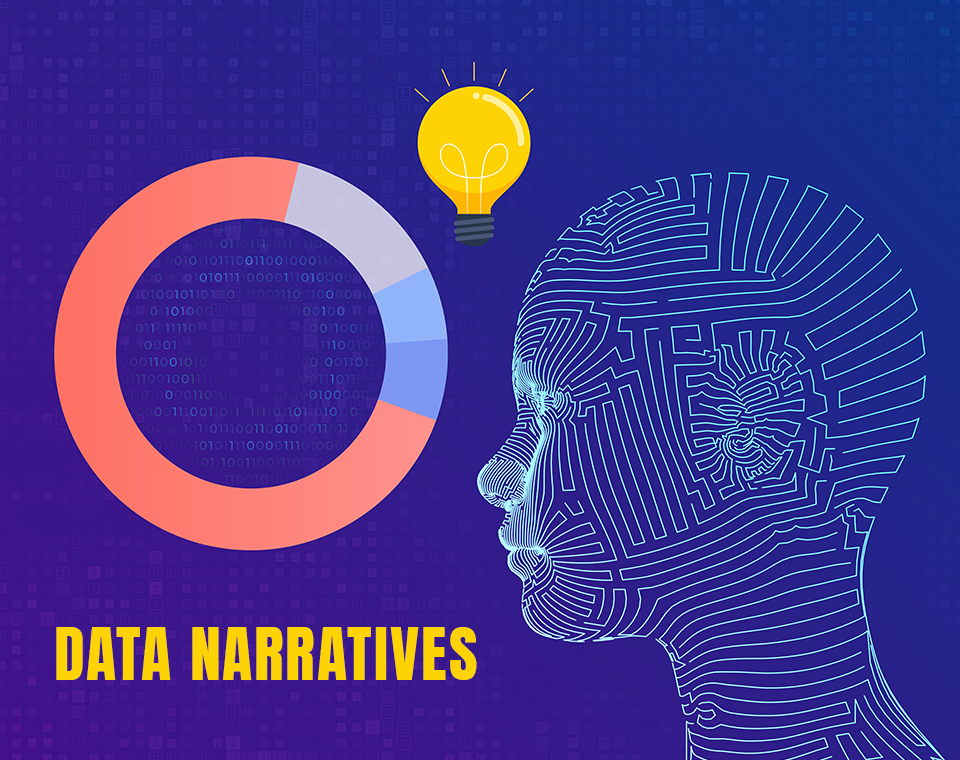Why You’re Failing at Data Visualization?
Have you ever wondered why a child's education begins with a story? It's because people comprehend more when their knowledge is linked to empathic values and simplicity.
Similarly, these values are deeply ingrained in you.
You're probably wondering why We are bringing this up in the context of data. Because your data tell a story, all visualizations should be done with the story the data has to tell about the company's operations. Let me walk you through some points that can help you do so, and what we are following while visualizing?:
Understand the context:We need to understand the context, in which the visualizations are going to be put, for that observation and empathy play a key role. For this, we need to know the target audience, the relevant data that will ensure the right knowledge is being imparted and the right action is taken.
Clear narrative:In the case of data stories, this usually implies that we will need to give a brief overview of the topic before diving into the data. Another factor that distinguishes a data story from a basic report is the necessity to close with a particular call to action.
It's also vital to utilize clear English if our audience isn't an expert so we don't lose them in jargon or acronyms.
Presence of Good Data:Since data is the focal point, these stories are about presenting what the objective data says, not what we think our audience should hear. This isn't like any other story we've ever told before.
The information we have gathered should assist you in telling the truth. It should be tailored to the audience's requirements and assist them in learning just what they need to know in order to make an important decision. Here at smartData, we are focused on making the visualization as interesting as we can with our 20+ BI experts, experts in utilizing different BI tools while keeping the context, goal, and experience at the center.

